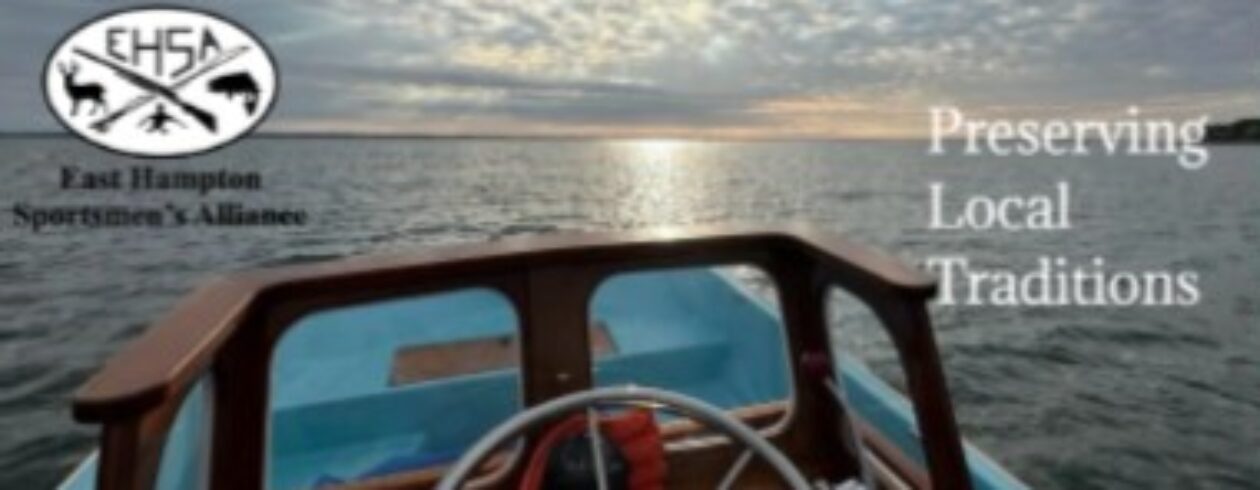On March 31, two local officers of the DEC attended to explain their responsibilities and answer questions from attendees. It was interesting to learn about their “typical workday”, it turns out there is no such thing since they are responsible to respond to calls at any hour. They are the first responders in the field and explained they call upon the expertise and guidance of the respective DEC divisions such as wetlands, licensing and forest rangers. There were a number of questions on fishing and hunting quotas, sizes and other related topics. In many cases, these guidelines are set by either the state or Federal Government and the role of the DEC is to enforce them. Some good questions were asked about the local problems with phragmites which are prevalent in our local waters. The renewed presence of foxes even came up, they are being seen more in numerous places. We plan to make this an annual event and invite community participation.













